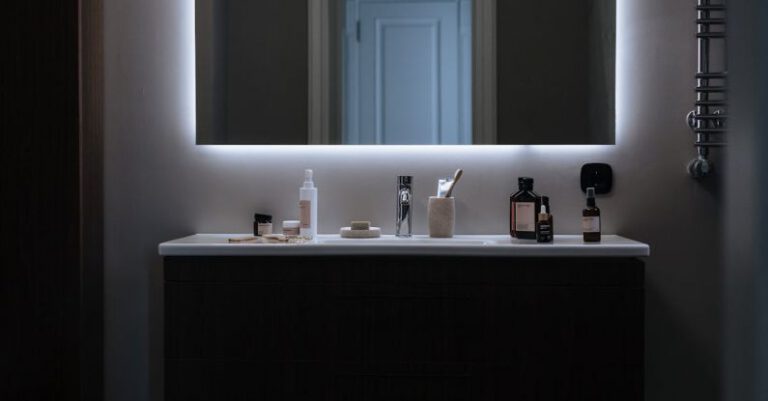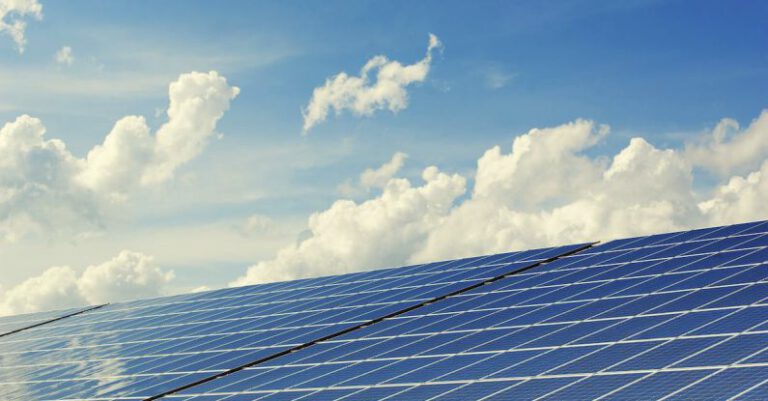What Are the Best Practices for Home Insulation?
Achieving optimal home insulation is crucial for maintaining a comfortable living environment and reducing energy costs. With proper insulation, you can keep your home warm in the winter and cool in the summer while decreasing your carbon footprint. However, not all insulation methods are created equal. To ensure your home is well-insulated, it’s essential to follow the best practices for insulation. Here are some key guidelines to help you effectively insulate your home.
Understanding Insulation Types
Before diving into the best practices for home insulation, it’s important to have a basic understanding of the different types of insulation available. The most common types include fiberglass, cellulose, foam board, and spray foam insulation. Each type has its own advantages and is suitable for different areas of the home. Fiberglass insulation, for example, is affordable and easy to install, while spray foam insulation provides a high level of energy efficiency. By understanding the properties of each insulation type, you can make an informed decision about which one is best for your home.
Locating Air Leaks
One of the first steps in ensuring effective insulation is to locate and seal any air leaks in your home. Air leaks can significantly reduce the efficiency of your insulation by allowing hot or cold air to escape. Common areas where air leaks occur include windows, doors, electrical outlets, and plumbing fixtures. To identify air leaks, you can conduct a simple home energy audit or hire a professional to assess your home’s insulation needs. Once you’ve identified the problem areas, seal the leaks with caulk, weatherstripping, or foam insulation to improve your home’s energy efficiency.
Proper Installation Techniques
Proper installation is key to achieving optimal insulation in your home. Whether you’re installing insulation in the attic, walls, or floors, it’s important to follow the manufacturer’s guidelines and recommendations. Improper installation can lead to gaps in the insulation, reducing its effectiveness and causing energy loss. When installing insulation, make sure to wear protective gear, such as gloves and a mask, to avoid exposure to insulation materials. If you’re unsure about the installation process, consider hiring a professional to ensure the job is done correctly.
Choosing the Right R-Value
The R-value of insulation refers to its thermal resistance, or the ability to resist heat flow. The higher the R-value, the better the insulation’s thermal performance. When selecting insulation for your home, it’s important to choose the right R-value for your specific climate and location. Different areas of your home may require different R-values to effectively insulate against heat loss or gain. Consult with an insulation professional to determine the appropriate R-value for each area of your home to maximize energy efficiency.
Ventilating Properly
Proper ventilation is essential for maintaining healthy indoor air quality and preventing moisture buildup in your home. Without adequate ventilation, condensation can form on walls and ceilings, leading to mold growth and structural damage. To ensure proper ventilation, install vents in the attic, bathrooms, and kitchen to allow air to circulate freely. Additionally, consider using a whole-house ventilation system to remove stale air and bring in fresh outdoor air. By combining proper insulation with adequate ventilation, you can create a comfortable and energy-efficient living environment.
Maintaining Insulation Over Time
Insulation is not a one-time installation; it requires regular maintenance to ensure its effectiveness over time. Inspect your home’s insulation annually to check for signs of wear and tear, moisture damage, or pest infestations. Replace any damaged insulation promptly to maintain your home’s energy efficiency and comfort levels. Additionally, consider upgrading your insulation if you notice a significant increase in energy bills or a decrease in indoor comfort. By staying proactive and maintaining your home’s insulation, you can enjoy the benefits of a well-insulated home for years to come.
Incorporating these best practices for home insulation can help you create a comfortable, energy-efficient living space while reducing your carbon footprint. By understanding the different types of insulation, locating air leaks, properly installing insulation, choosing the right R-value, ventilating properly, and maintaining insulation over time, you can ensure that your home remains well-insulated and energy-efficient. With a well-insulated home, you can enjoy lower energy costs, improved indoor comfort, and a healthier living environment for you and your family.






